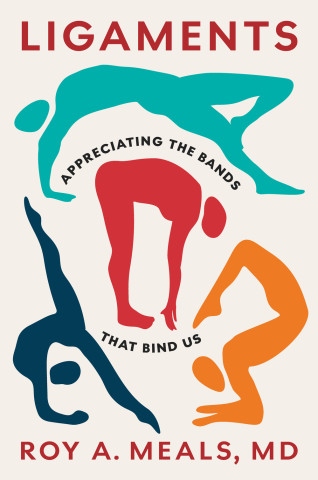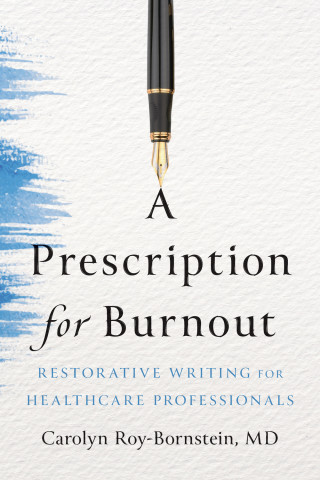
Reviews
A highly informative and surprisingly balanced book that should be read by anyone with a personal or professional stake in how the mental health system provides care to those with chronic severe illnesses and those in acute crisis... Although Committed explores a complex subject, Miller and Hanson make a great effort to humanize this discussion.
Exceptionally intelligent, clear, readable and well researched.
This fact-filled, open-minded, and straightforward survey will interest students of the subject and those serving mentally ill clients.
Committed is a very informative and thought-provoking book... Highly recommended. All readers.
A compelling, exceptionally well-researched and written analysis of the immensely complicated, multifaceted issues faced by families, physicians, psychiatrists, police, the courts and society when mental illness endangers patients and those around them.
It is refreshing—indeed therapeutic—to encounter a thoughtful, balanced treatment of this contentious and important topic.
This is quite a feat in 265 readable pages. I applaud the authors for their work.
I would recommend [Committed] to every clinician.
A very well-written review of the current state of involuntary treatment for persons with mental illness in the United States.
Reading this book is like attending a seminar, with each chapter representing the best guest speakers from around the country on that particular issue. To have brought together all of these points of view through direct interviews in a single text is a great achievement.
While practical information gives Committed its spine, it is the emotions that we feel in reading patients’ firsthand accounts that prick at the conscience.
In Committed, the voices of people with mental illness, family members, and clinicians paint a picture of the ethical complexity of involuntary psychiatric treatment. The authors show that the system for helping individuals with serious mental illness remains broken, and policy makers would be well advised to read this book before offering one-dimensional solutions.
Book Details
Before We Get Started
Part One: The Patients
Chapter 1: Eleanor and the Case against Involuntary Hospitalization
Chapter 2: Lily and the Case for Civil Commitment
Part Two: The Battleground
Chapter 3
Before We Get Started
Part One: The Patients
Chapter 1: Eleanor and the Case against Involuntary Hospitalization
Chapter 2: Lily and the Case for Civil Commitment
Part Two: The Battleground
Chapter 3: Those in Favor of Involuntary Treatments
E. Fuller Torrey and the Treatment Advocacy Center
Ronald Honberg and NAMI
Paul Summergrad and the American Psychiatric Association
Chapter 4: Those against Involuntary Treatments
The Citizens Commission on Human Rights
Cecelia Brown and Janet Foner and MindFreedom International
Daniel Fisher and the National Empowerment Center
Ira Burnim and the Bazelon Center
Part Three: Civil Rights
Chapter 5: Eleanor and Lily and the Process of Civil Commitment
Chapter 6: Christina Schumacher and the History of Civil Commitment Laws
Part Four: Hospitalization
Chapter 7: Officer Scott Davis and Law Enforcement
Chapter 8: Dr. Leonard Skivorski and the Emergency Department
Chapter 9: Eleanor’s Hospital Experience
Chapter 10: Dr. Ray DePaulo and Inpatient Psychiatry at a University Hospital
Chapter 11: Dr. Steven Sharfstein and Dr. Bruce Hershfield and Free-standing Psychiatric Hospitals
Chapter 12: Dr. Annette Hanson and the Use of Seclusion and Restraint
Chapter 13: Anthony Kelly and Involuntary Medications
Chapter 14: Jim and Involuntary Electroconvulsive Therapy
Part Five: Involuntary Outpatient Commitment
Chapter 15: Marsha and Involuntary Outpatient Commitment
Chapter 16: Outpatient Commitment by the Books
Chapter 17: The Honorable Jack Lesser and Mental Health Courts
Part Six: A Danger to Self or to Others
Chapter 18: Dan and Guns and Mental Illness
Chapter 19: Bryan Stanley and Violence and Psychiatric Illness
Chapter 20: Amy and Involuntary Treatment for Suicide Prevention
Chapter 21: Will Forcing Treatment on People with Psychiatric Disorders Prevent Mass Murders?
Part Seven: Future Directions
Chapter 22: Transforming the Battleground
References
Acknowledgments







